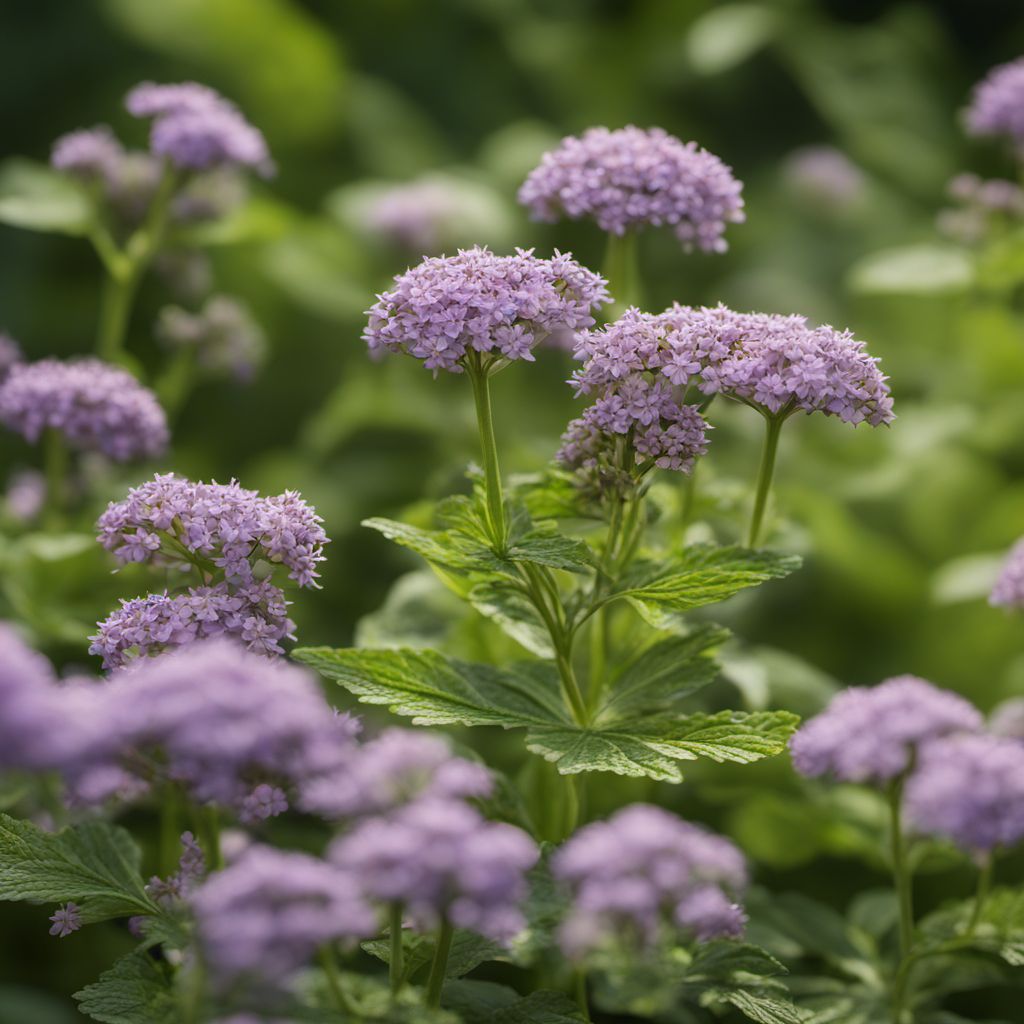
Ingredient
Valerian infusion roots
The Tranquilizer: Valerian Infusion Roots
Valerian infusion roots are long, slender, and brown in color. They have a distinct earthy aroma and a slightly bitter taste. When brewed into a tea, valerian roots release compounds that have a calming effect on the nervous system, helping to reduce anxiety and improve sleep quality. Valerian roots are often used in combination with other herbs, such as chamomile or lavender, to enhance their relaxing properties.
Origins and history
Valerian has a long history of use in traditional medicine, dating back to ancient Greece and Rome. It was believed to have magical properties and was used as a remedy for various ailments, including insomnia, nervousness, and digestive issues. Valerian roots were also used as a natural perfume and in love potions. Today, valerian is cultivated in many parts of the world, including Europe, Asia, and North America, and is widely recognized for its sedative effects.
Nutritional information
Valerian infusion roots are not a significant source of nutrients and are primarily used for their medicinal properties. They contain compounds called valerenic acids, which have been shown to have sedative and anxiolytic effects. Valerian roots are low in calories and carbohydrates, making them a suitable choice for those watching their calorie intake.
Allergens
There are no known allergens associated with valerian infusion roots, but individuals with known allergies to plants in the Valerianaceae family, such as garden heliotrope or red valerian, may experience cross-reactivity and should exercise caution.
How to select
When selecting valerian infusion roots, look for roots that are firm, dry, and free from mold or signs of decay. The roots should have a strong, earthy aroma, indicating freshness. Avoid roots that appear soft or have a musty smell, as this may indicate poor quality or age.
Storage recommendations
To preserve the potency of valerian infusion roots, store them in an airtight container in a cool, dark place away from direct sunlight. Properly stored roots can retain their medicinal properties for up to a year. Avoid exposing valerian roots to moisture, as it can cause mold or spoilage.
How to produce
Valerian plants can be grown in home gardens or purchased from specialty herb nurseries. They require well-drained soil, full sun to partial shade, and regular watering. Start by planting valerian seeds or seedlings in early spring or late summer, and the roots will be ready for harvest within a year. Follow proper gardening practices, such as fertilizing and pest control, to ensure healthy growth.
Preparation tips
Valerian infusion roots can be used to make herbal teas by steeping the dried roots in hot water for 10-15 minutes. It is recommended to use 1-2 teaspoons of dried valerian roots per cup of water. The tea can be consumed before bedtime to promote relaxation and improve sleep quality. Valerian roots can also be used in tinctures or capsules for a more concentrated effect. It is advisable to consult a healthcare professional before using valerian as a sleep aid or for any other medicinal purposes.
Culinary uses
Valerian infusion roots are primarily used in herbal teas and natural remedies for promoting relaxation and sleep. They are often combined with other calming herbs, such as chamomile or lavender, to enhance their effects. Valerian roots can also be used in bath soaks or as an ingredient in skincare products for their soothing properties. Additionally, valerian roots have been used in traditional medicine to alleviate symptoms of anxiety, stress, and digestive disorders.
Availability
Valerian is cultivated in many countries, including Germany, France, the United Kingdom, China, and the United States. It is commonly available in health food stores, herbal shops, and online retailers that specialize in natural remedies and herbal products.
More ingredients from this category » Browse all
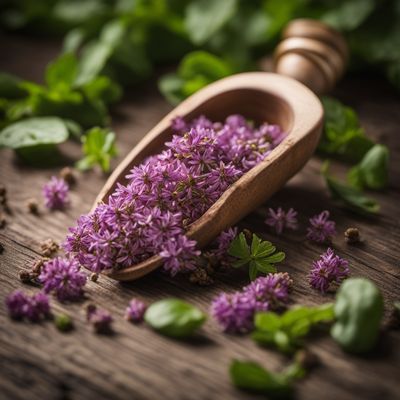
Mexican valerian infusion roots
"The Tranquilizing Elixir: Unveiling the Secrets of Mexican Valerian Infusion Roots"

Calamus infusion roots
The Aromatic Elixir: Calamus Infusion Roots

Herb bennet infusion roots
The Hidden Elixir: Unveiling the Secrets of Herb Bennet Infusion Roots

Fragrant sumac infusion roots
The Aromatic Essence
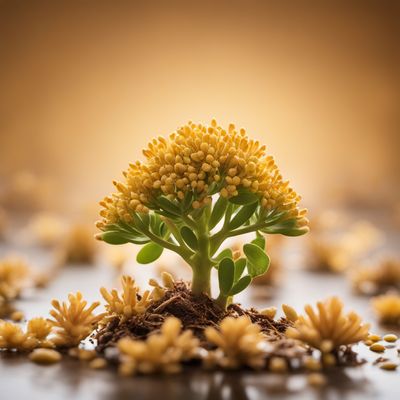
Golden root infusion roots
"Nature's Golden Elixir: Unveiling the Secrets of Golden Root Infusion Roots"
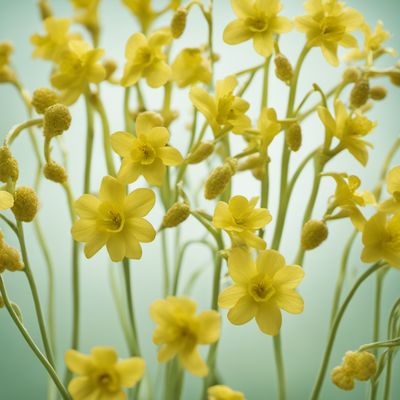
Cowslip infusion roots
The Hidden Power of Cowslip Infusion Roots: A Culinary and Medicinal Marvel

Elecampane infusion roots
The Healing Power of Elecampane

Rhatany infusion roots
The Hidden Gem: Unveiling the Power of Rhatany Infusion Roots

Seneca snakeroot infusion roots
The Healing Power of Seneca Snakeroot: Unveiling Nature's Remedy

Angelica root, dry
The Herbal Elixir
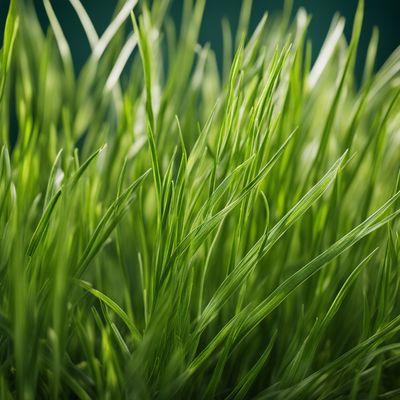
Couch grass infusion roots
Unveiling the Power of Couch Grass Infusion: A Natural Remedy and Culinary Delight

Sarsaparilla infusion roots
The Root of Refreshment: Sarsaparilla Infusion Roots